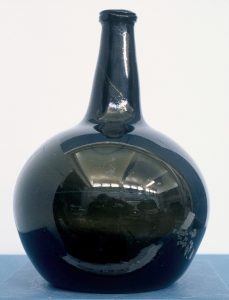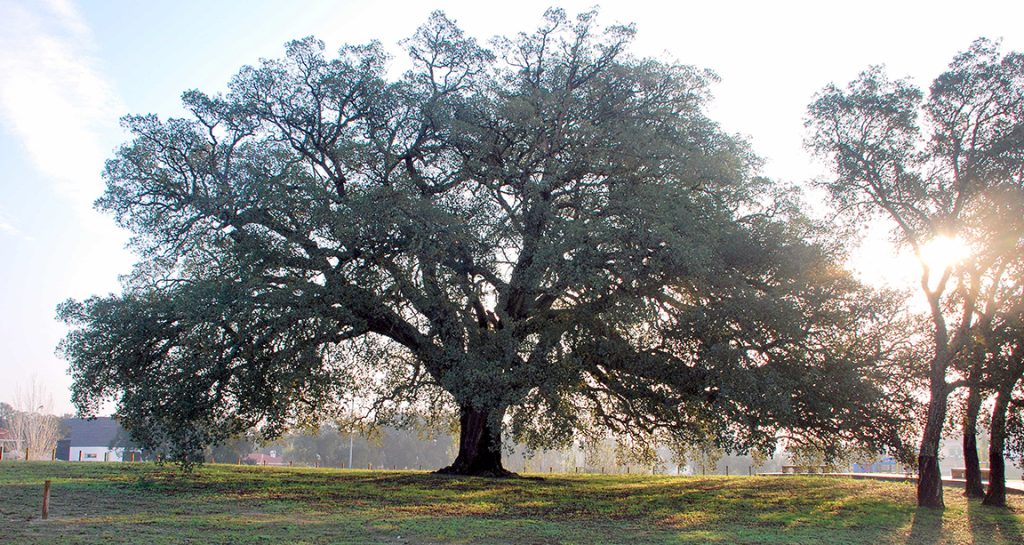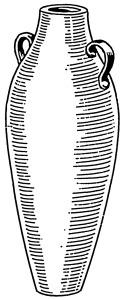Wine containers have evolved for thousands of years. Let’s examine.
Earthenware provided the earliest containers—amphora and kvevri are the most familiar. They still are in use today to make wine, especially in Italy, Georgia (the country), and Croatia.
Sheep bladders—wineskins—were the equivalent of today’s wine bottle. They are referenced in the New Testament books of Matthew, Mark, and Luke.
The Romans appear to have invented the oak wine barrel. They were inspired by the Gauls, who used barrels to store and transport beer. The Roman breakthrough was to realize oak had an especially positive impact on wine.

Glass wine bottles appeared in the 1600s. Early bottles had fat bottoms and short necks. Over time necks lengthened and bottoms slimmed. In 1821, Rickets of Bristol received a patent for a machine that could manufacture identically-sized bottles in roughly the shape we recognize today.
While glass bottles still dominate, today wine also comes in a plastic bag in a box, in plastic bottles, in cans, and in aseptic packages.
Cork sealing developed alongside glass bottles, but it wasn’t until the late 1700s someone invented a practical corkscrew. A renewable resource, cork is the bark of the cork oak that can be harvested about every nine years. Cork oaks can grow to be 60-feet high and 12-feet in circumference and live for 200 years.

When the demand for wine soared late in the 20th century, over-stressed cork producers delivered some cork contaminated with TCA, producing “corked wine.” The cork industry is successfully addressing the problem, but the door had been opened to alternative closures. Today there are composite corks, synthetic corks, screw caps, and crown caps.
Interesting tidbits:
• Champagne bottles could explode when a follow-on fermentation occurred until the British developed stronger glass by using coal to achieve higher glass-making temperatures. The pressure inside a bottle of sparkling wine is about 90 psi—three times the pressure in your car tires.
• The punt—that indentation in the base of the bottle—was there to add strength to the bottom of the bottle. With improved glass making, large punts are no longer necessary, but traditions die hard in the wine world.
• The foil covering the top of the bottle once discouraged wine cellar vermin from eating the cork. Like the punt, no longer necessary, but traditions die hard in the wine world.
Last round: You can’t run through a campsite. You can only ran, because it is past tents. Wine time.

